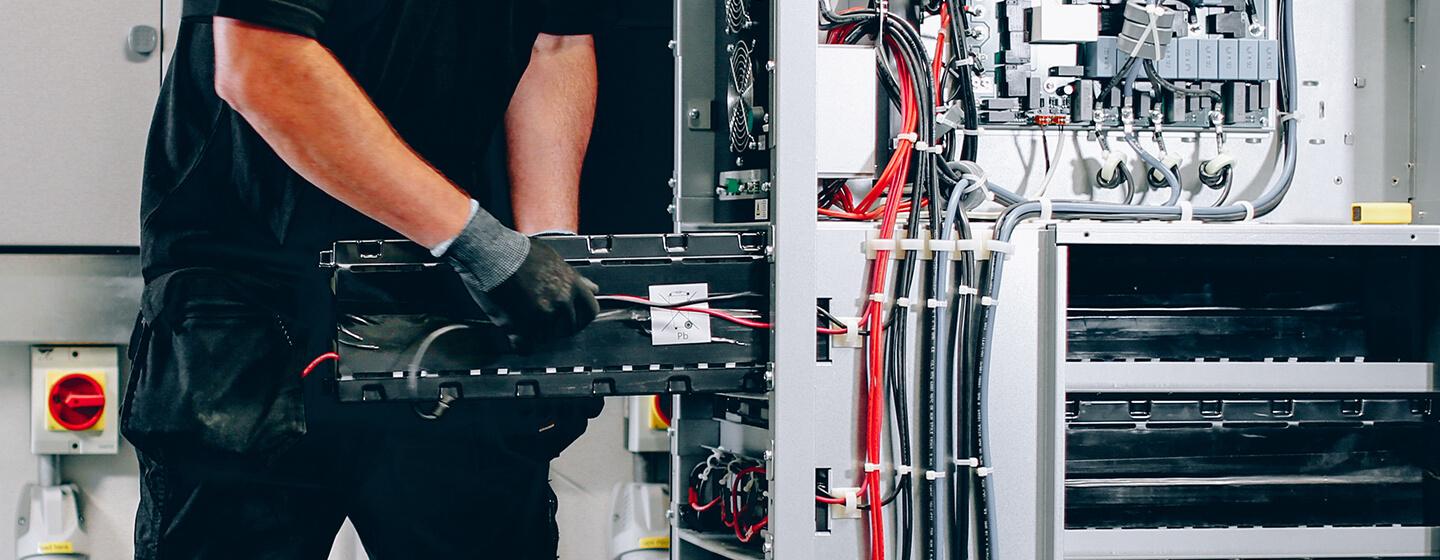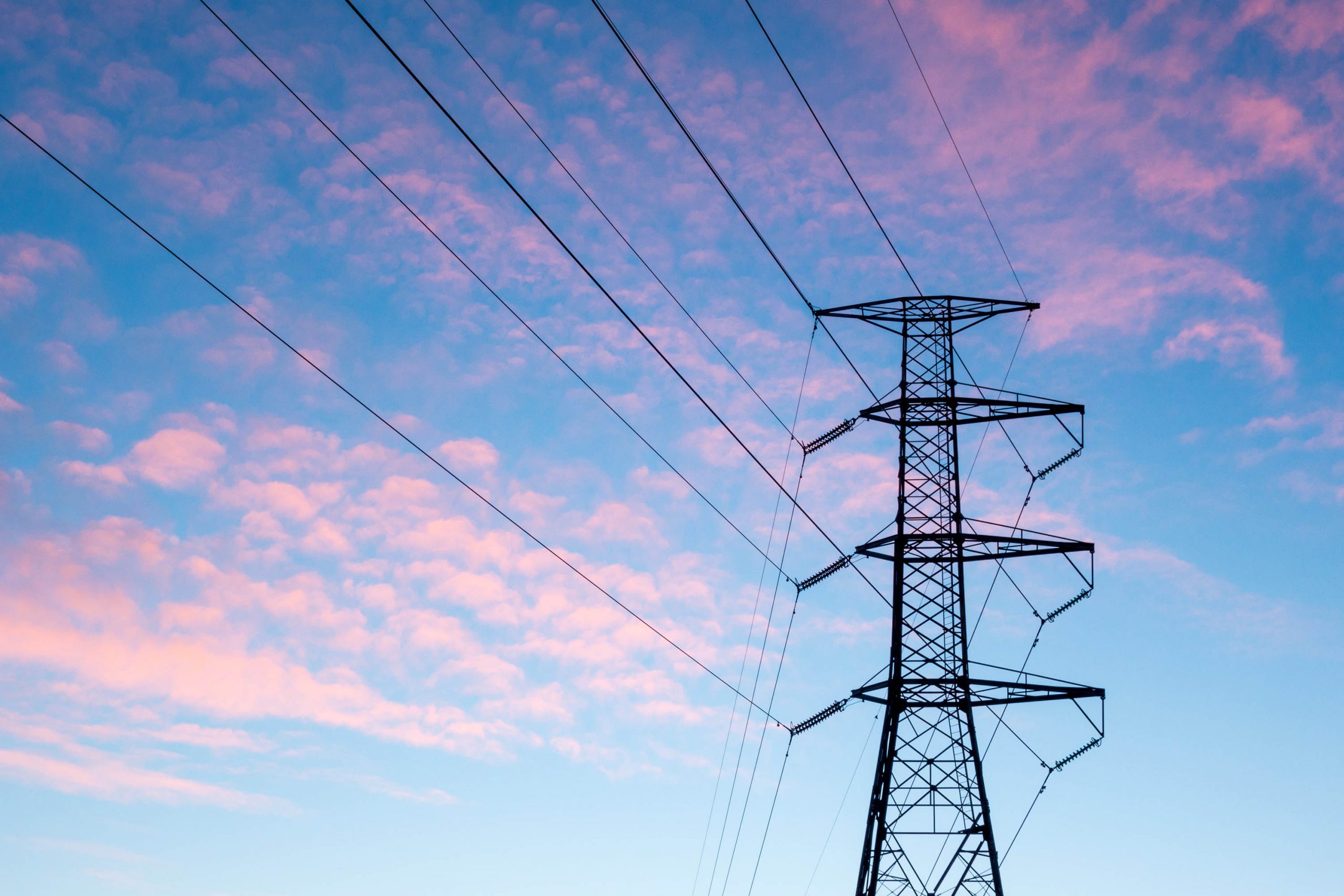- Homepage
- /
- Uncategorized
- /
- UK power cuts 2022: What they mean for your business, and how a UPS can help
- Homepage
- /
- Uncategorized
- /
- UK power cuts 2022: What they mean for your business, and how a UPS can help
- Homepage
- /
- Uncategorized
- /
- UK power cuts 2022: What they mean for your business, and how a UPS can help
UK power cuts 2022: What they mean for your business, and how a UPS can help
Of all the day-to-day misfortunes that can befall a business, having the power go out is perhaps the most damaging.
Without the mains supply keeping essential equipment operational – servers, machinery, lighting, POS systems – a business is all but crippled. At best, operations grind to a halt temporarily, losing revenue and creating a backlog. At worst, the knock-on effects can be felt long after the mains power is restored: vital orders are lost, supply chains are disrupted, and delicate digital ecosystems need resetting.
The National Grid’s recent announcement that power cuts may need to be introduced this winter has, understandably, worried UK business owners. These three-hour power cuts would be pre-scheduled and rotated around different areas of the UK, but would need to occur during peak power-usage periods – mornings, and between 4pm and 7pm – in order to have the desired effect of alleviating pressure on the National Grid.
Our national power supply could run perilously low in the coming months. The UK is heavily reliant on gas to produce electricity: gas-fired power stations generate more than 40% of the country’s supply. We also rely on electricity imported from Europe.
Russia’s invasion of Ukraine has dramatically upended these supply chains, creating – in the words of National Grid’s press statement – “unprecedented turmoil and volatility” in the energy markets. If Vladamir Putin opts to completely shut off gas supplies from Russia, and the UK experiences a cold snap, a ‘perfect storm’ situation could arise, pushing the nation’s power supplies past breaking point. At that point, energy rationing will need to be introduced, and three-hour power cuts would be inevitable.
How a UPS can help
Over the last few weeks, we’ve spoken to countless business owners, IT leaders and operations managers who are concerned about this winter’s potential power cuts, and looking for ways to mitigate the financial and operational damage they might cause. Many are looking to protect their businesses by boosting the capabilities of their existing UPS (uninterruptible power supply) systems.
(If you’re unfamiliar with the concept of a UPS, here are the basics: A UPS provides emergency power when the mains power fails. A UPS differs from an emergency power system or standby generator in that it instantly and seamlessly provides a steady power supply from energy stored within its battery, for a finite period.)
“There are stories about these power cuts all over the news right now,” says Luke Andrews, Sales Manager at Carter Sullivan. “The BBC website posted six stories within just a few hours. As a result, we’re getting calls and emails every hour from customers asking for more and bigger batteries for their UPS systems.
“Most of their UPS systems have enough power to run for 30 minutes, which in normal power-outage circumstances is more than enough. But with these National Grid power cuts potentially on the horizon, they’re requesting three- or four-hour batteries.”
In particular, the Carter Sullivan team has received a lot of calls from businesses concerned about how their servers will cope with a sudden and protracted loss of power. “If your UPS is only designed to last for half an hour, when it gets to 29 minutes and 30 seconds, and the mains power isn’t back up, that UPS is going to stop working and every server is going to go down,” says Luke.
“Some of our customers use auto-shutdown software. If the power’s out for longer than a couple of minutes, this software will automatically and safely shut servers down – so there’s less of a panic about lost data or time-consuming reboots. But only around 10% of customers have auto-shutdown software – the rest would normally hope to simply ride out any temporary loss of power. But with these potential power cuts announced as being three hours long, they’re now looking to get geared up for that.”

Modern UPS systems are powerful, intelligent and rock-solid reliable – but they can’t run indefinitely. “We’ll always be upfront with people about what’s realistically achievable,” says Luke. “Three hours of power from a UPS is, generally, impractical – although that’s not to say it’s impossible. We need to speak with customers to learn how much physical space they’ve got to add three hours’ worth of batteries to their UPS. It’s all about being able to understand their surroundings, their infrastructure and their power needs. That’s why site visits are so invaluable. They help us find the optimal solution.
“But even if there’s only enough space for, say, two hours and 20 minutes’ worth of UPS batteries, that’s still giving that business two hours and 20 minutes of uninterrupted operations that they wouldn’t otherwise have had during a power cut. And that could really make all the difference.”
Whether you’re considering a new UPS installation, or adding batteries to an existing UPS, Luke advises that you get in touch sooner rather than later. “Some small UPS systems are available off the shelf, but most will need to be ordered in from Europe, and delivery can take several weeks. So if you’re looking to get ahead and protect your business from this winter’s potential power cuts, I’d advise that you set things in motion now.”





